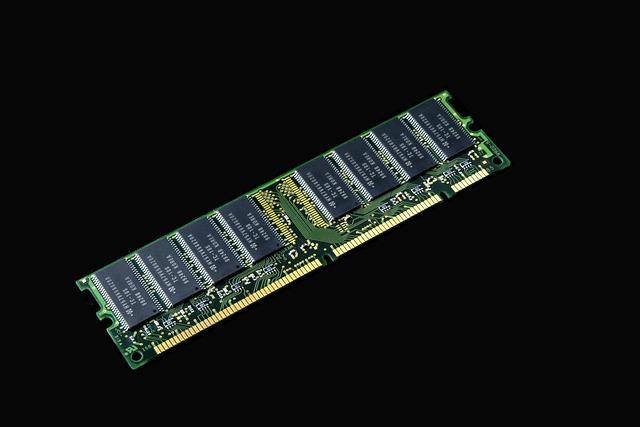The U.S. government’s increasingly stringent semiconductor export controls are beginning to make a tangible impact in China’s tech industry, according to a recent report by The Wall Street Journal. As American restrictions tighten on advanced chip sales and manufacturing equipment, Chinese companies are facing mounting challenges in sourcing critical components essential for everything from smartphones to artificial intelligence applications. This development underscores the growing tensions in the global technology supply chain and highlights the geopolitical stakes embedded in the race for semiconductor supremacy.
Impact of US Chip Restrictions on China’s Tech Industry Growth
The ripple effects of the US semiconductor export restrictions are becoming increasingly tangible within China’s rapidly evolving tech sector. Key domestic companies face mounting challenges sourcing advanced chips required for cutting-edge applications in artificial intelligence, 5G infrastructure, and high-performance computing. This bottleneck has forced several Chinese firms to pivot towards less sophisticated alternatives or accelerate investments in homegrown chip design and fabrication technologies, though these efforts face significant time and expertise barriers. Industry insiders note that the constraints have dampened the momentum of some flagship projects aiming to rival global competitors, creating a more cautious investment environment across the board.
Among the strategic responses, Chinese tech leaders have prioritized:
- Enhancing supply chain resilience by diversifying overseas partners
- Boosting government-backed research into semiconductor manufacturing
- Accelerating partnerships with regional chipmakers outside US jurisdiction
- Redirecting focus toward software innovation to compensate for hardware shortfalls
However, analysts caution that despite these adaptations, the lag in acquiring cutting-edge chips could translate into slower product rollouts and constrained performance in international markets. The overall tech industry growth trajectory in China could experience a notable deceleration unless breakthroughs in domestic semiconductor capabilities materialize swiftly.
| Sector | Impact Level | Primary Challenge | ||||||||||||||||||||||||||||||
|---|---|---|---|---|---|---|---|---|---|---|---|---|---|---|---|---|---|---|---|---|---|---|---|---|---|---|---|---|---|---|---|---|
| AI & Machine Learning | High | Access to advanced GPUs | ||||||||||||||||||||||||||||||
| 5G Infrastructure | Medium | Component supply It looks like the table content was cut off at the last row. Here’s the continuation and completion of the table along with a cleaned-up HTML segment to better organize the information:
“`html The ripple effects of the US semiconductor export restrictions are becoming increasingly tangible within China’s rapidly evolving tech sector. Key domestic companies face mounting challenges sourcing advanced chips required for cutting-edge applications in artificial intelligence, 5G infrastructure, and high-performance computing. This bottleneck has forced several Chinese firms to pivot towards less sophisticated alternatives or accelerate investments in homegrown chip design and fabrication technologies, though these efforts face significant time and expertise barriers. Industry insiders note that the constraints have dampened the momentum of some flagship projects aiming to rival global competitors, creating a more cautious investment environment across the board. Among the strategic responses, Chinese tech leaders have prioritized:
However, analysts caution that despite these adaptations, the lag in acquiring cutting-edge chips could translate into slower product rollouts and constrained performance in international markets. The overall tech industry growth trajectory in China could experience a notable deceleration unless breakthroughs in domestic semiconductor capabilities materialize swiftly.
|




